Explore Muscat and the South
Theme: History, Mountains, Culture, Desert, Wadi Oasis, Coastal, Frankincense route
Duration : 13 DAYS TOUR
Tour Highlights: Muscat > Sur > Ras Al Hadd>Wahiba Sands Desert > Ibra > Nizwa > Jebel Shams > Wadi Bani Auf > Muscat > Salalah >Taqah>Darbat> Muscat
check out some beautiful places of Oman!
ITINERARY
DAY 1 - MUSCAT
What better way to start your tour than with a visit to the stately Sultan Qaboos Grand Mosque. This magnificent example of Arabian architecture truly lives up to the grandeur of its name, and is a definite must-see for visitors to Oman.
This will be followed by a tour of the Royal Opera House Muscat, a venue that connects cultures and serves as a hub of peace and mutual understanding. Many famous opera singers have graced the stage here, including Placido Domingo, Renee Fleming, Anna Netrebko and Andrea Bocelli. During your visit, marvel at the craft that’s gone into the world’s second largest moving pipe organ, built by German company Klais which is based in Bonn.
From the opera house to the fish and vegetable markets in Muttrah, where you will have the opportunity to mingle with the crowds, and experience sights and sounds like no other. Among the many highlights here is the MuttrahSouq where the modern and traditional sit side-by-side in perfect harmony.
Following lunch, you will be driven past the Corniche to the capital area and onto the Sultan’s Palace – another great photo opportunity. The palace is flanked by the impressive 16th Century Portuguese forts of Jalali and Mirani. Then it’s onto the Bait Al Zubair museum, home of one of the finest displays of Omani culture and history you’re ever likely to see. Afterwards, it will be cameras or smartphones at the ready as you take in the splendour of the Al Bustan Palace Hotel.
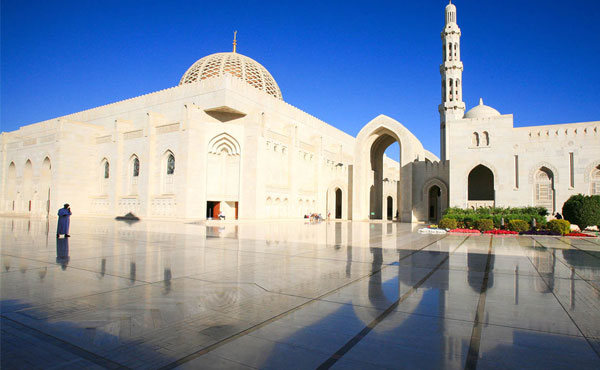
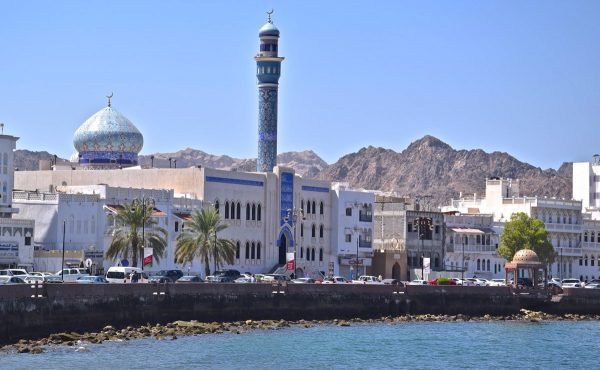
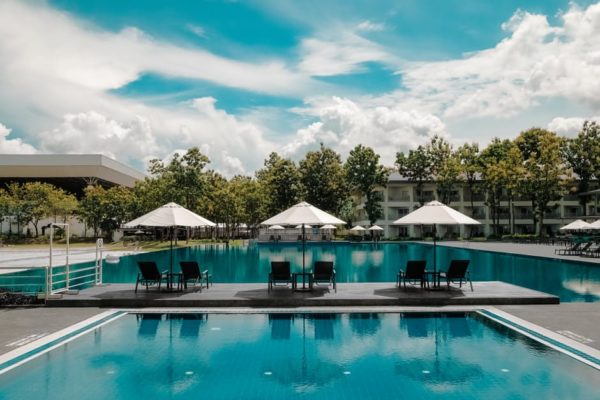
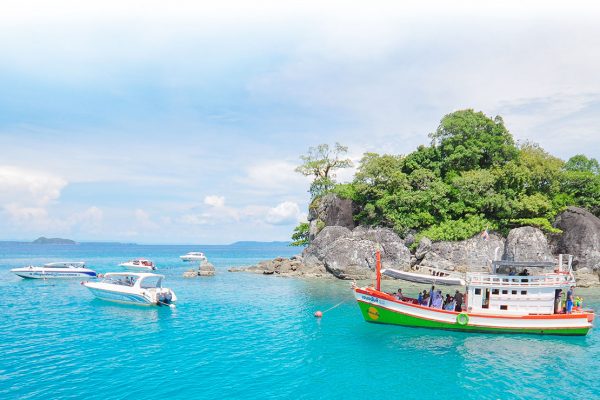
Our last stop on a fun and feature-packed first day will be the small port of Bandar Al Rawdha. Here you’ll board a boat for a different kind of sightseeing trip, an amazing opportunity to see the dolphins who visit the shores of Oman in large numbers. You can expect to see a wide range of difference species of dolphin, including:
- Indian Ocean dolphins
- Indo-Pacific Humpback dolphins
- Risso’s dolphins
- Common Bottlenose dolphins
- Indo-Pacific Bottlenose dolphins
- Rough-toothed dolphins
- Pantropical spotted dolphins
- Striped dolphins
- Spinner dolphins
- Long-Beaked Common dolphins
You will then be driven back to the hotel for the night.
PLEASE NOTE: To enter the Grand Mosque, women are required to wear attire that covers their arms and legs. Heads should also be covered with a scarf. Men can wear a normal shirt and trousers. All tattoos must be covered. Thank you.
DAY 2 – MUSCAT TO SUR
On our way to Sur from Muscat, there will be an opportunity for you to view the incredible Bimah Sinkhole, a huge crater close to the sea with a small lake at its base. It’s believed to have been created when a meteor hit the Earth. There will be another stop-off on our journey – at the white Beach of Fins, which offers up another great opportunity for photos.
Wadi Shab is next. This is an enormous canyon gorge lined with beautiful palm trees and spectacular natural views of the power of water coming down from the mountains. After a 45-minute hike through canyon Wadi, we’ll arrive at a series of crystal clear water pools. You are welcome to swim in the warm waters of these connected pools, which will lead you into an opening among the enormous rocks through which you can swim into a crevice cave with its own small waterfall. Marvel at how the sunlight filters in from the outside and turns the water a stunning turquoise blue, while one side of the cave has water tumbling down from the wadi beyond.
Your second day will end with the completion of our journey to Sur where will we spend the night.
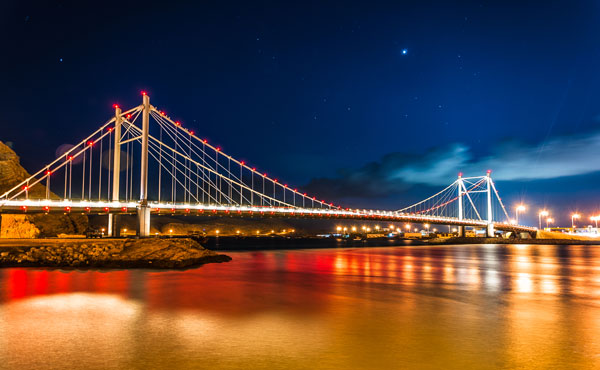

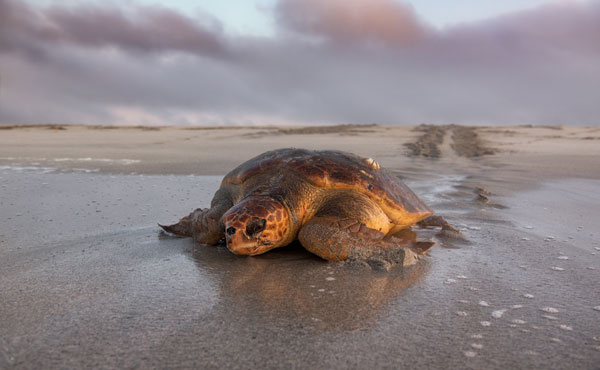
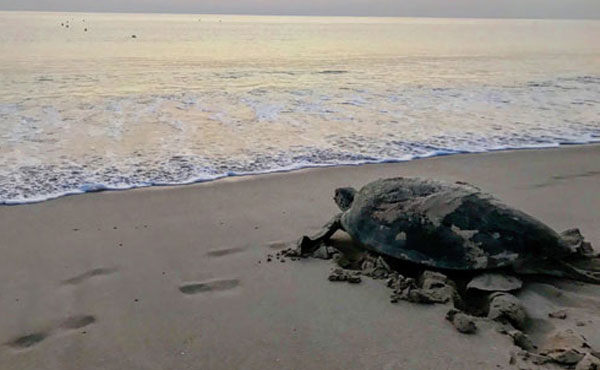
DAY 3 – SUR TO RAS AL HADD
Our morning will be spent in the city of Sur, where the main attractions include old fortresses and the famous Dhow factory where you can watch traditional wooden Dhows being built.
Following a delicious lunch, we will drive south along the beautiful coast to the beachside village of Ras Al Hadd. You’ll have free time to spend exploring the village or relaxing on the beach (or maybe even a bit of both). It’s all in readiness for what surely will be the highlight of the day – our visit to the Turtle Sanctuary at Ras Al Jinz.
Here, you will receive a guided tour of the beach at night under the stars. It’s the best time of day to view Oman’s much treasured sea turtles stumbling onto the beach from the sea to dig holes in the sand and lay their eggs. You might even get lucky and see the amazing experience of baby turtles hatching from the eggs.
At the tour’s end, we will head back to the Ras al Hadd hotel / camp for the night.
DAY 4 – WAHIBA SANDS DESERT
This morning will give you another opportunity to relax on the wonderful beach at Ras al Hadd before we drive to Wadi Ban Khalid, which is regarded by many as the biggest and most beautiful of all the Wadis in Oman.
What will you choose to do in this wonderful location – swim, sunbathe, or picnic in the scenic Wadi canyons? It’s up to you.
Having had a relaxing time, we will head off in the late afternoon to our camp in the Wahiba Sands Desert, where it will be time for some adventure in the form of a sand dune drive through the desert in 4x4s. This will be followed by the chance to watch a stunning sunset from atop one of the big sand dunes. To round off our day in the desert, we’ll take dinner at our camp and enjoy a relaxing time around the romantic camp fire.
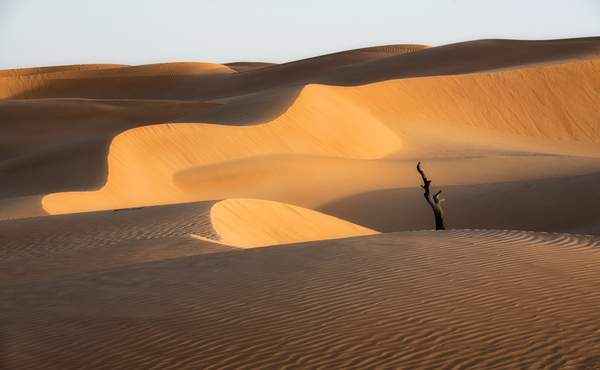
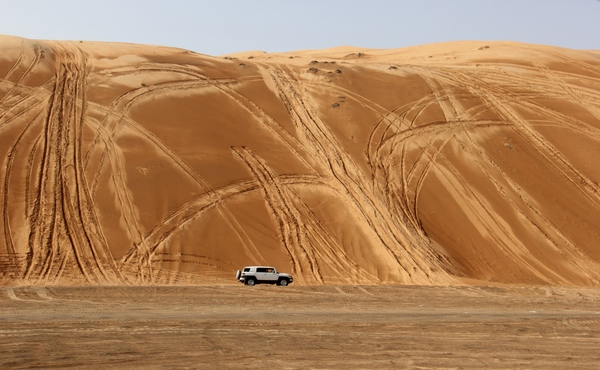
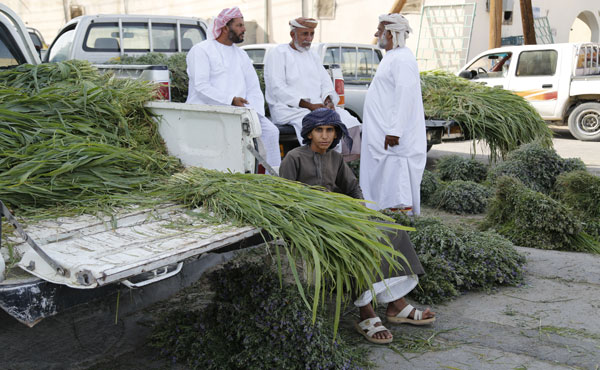
DAY 5 – IBRA TO NIZWA
After a leisurely breakfast in camp, we will get back on the road for a drive to the city of Ibra. There’s a lively and colourful market (souq) here which you can explore before we move onto the delights of the old ancient village area. We’ll take lunch before continuing our drive to Nizwa, which was once the capital of Oman. After we check-in to the Nizwa hotel in the afternoon, you will have the rest of the day to spend as you wish in this popular location.
DAY 6: NIZWA – AL HOOTA CAVE - BAHLA
Another day, another spectacular market, this time the Nizwa Souq, one of the largest in Oman. We’ll get here early, as that’s the best time to get the pick of the deals as the vendors sell their goods from 5am to 10am daily. Choose from fresh fish, meat and vegetables to delightful and unique pottery, jewelry, handicrafts and souvenirs, all sold in authentic market halls the like of which you won’t see in many other places in the world. The Friday cattle market is not to be missed, as it’s a chance to see the locals in their element, selling goats, cattle, sheep and chickens in a circus-style open marketplace.
Next to the souq is the Nizwa Fortress, now a museum and a great place to take in the views of this spectacular ancient town and its surrounding mountain range. You’ll be able to explore the fortress, a military stronghold designed to repel the most fiercest of enemies in its day. It features towers, rooms and passages, along which many traps were laid to deter intruders who may have penetrated its defences. What a great example of architecture from the early Yaruba dynasty this is, a dynasty that was responsible for a range of economic and military achievements during the mid-17th Century.
Next, we will head to Al Hoota Cave, one of the world’s largest cave systems extending underground for 5km. It’s one of Oman’s biggest tourist attractions with 860metres accessible to visitors and culminating at the Cave Lake.
The journey continues then to Bahla Fort, a UNESCO World Heritage Site since 1988, this is one of Oman’s oldest still-standing fortresses. It’s triangular-shaped, with walls that stretch for 12km around Bahla old town. To give you an idea of the size and scale of this fortress, there are no less than 132 watchtowers with guardrooms. You can also explore the town on your visit. Be sure to take photos of the amazing palm trees and beautiful mountains.
Overnight in Nizwa Hotel.
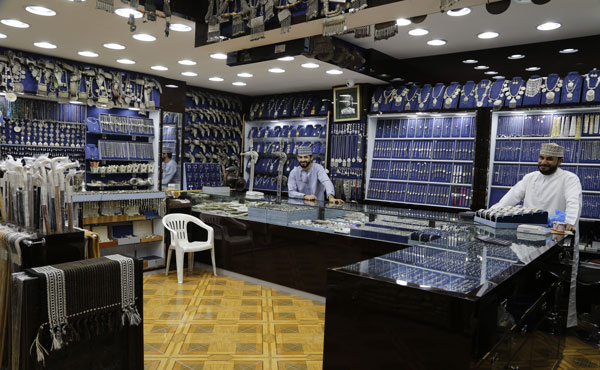
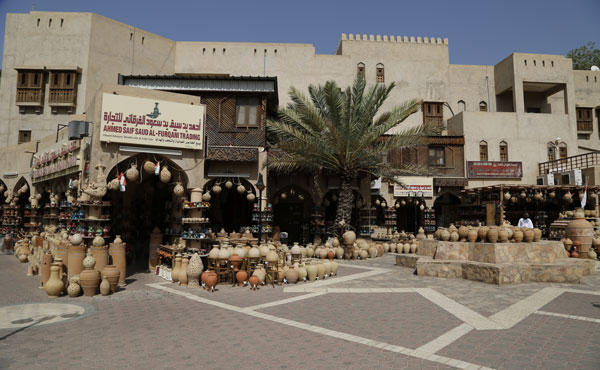
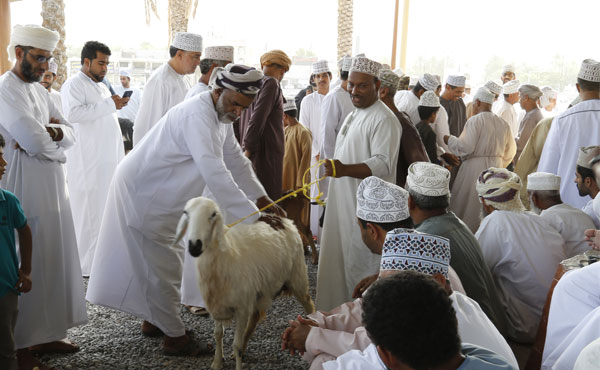
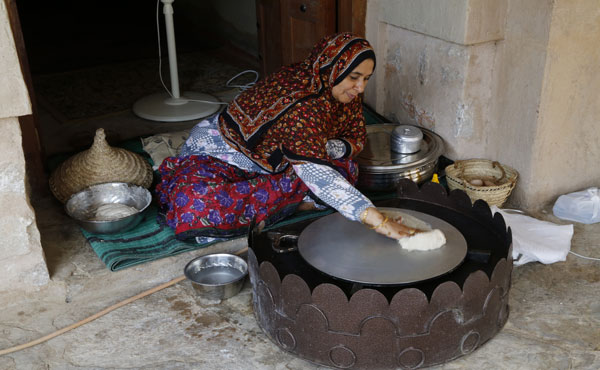
DAY 7 – NIZWA TO BIRKAT AL MAUZ TO JEBEL AKHDAR
Such a tranquil start to day 7 as we reach the midpoint of your tour. You’ll visit Birkat al Mauz, a simply stunning oasis overlooked by the cliffs of the impressive Jebel Akhdar mountain and widely famous for its irrigation system “Falaj Al Khatmayn”. In July 2006 UNESCO included Falaj Al Khatmayn in the World Heritage List to express the international standing of this unique water system that represents a cultural legacy created by the Omanis over 2,000 years ago, being the oldest irrigation structure in the region. The
“Falaj” system is still the major source of irrigation in the Sultanate and a water source that can be relied on in most Omani cities and villages. It is rare to find anything like these falajs elsewhere in the world.
Falaj Al Khatmayn is fed by Wadi Al Muaydin and flows plentifully during heavy rainfall. Its overall length is about 2,450 metres. It is characterized by its acute precision in the distribution of Falaj water and continuous flow throughout the year. What distinguishes this Falaj is that its course runs through Bayt ArRudaydah, one of the famous castles in Oman, built in the 17th century with Falaj Al Khatmayn.Another great photo opportunity here, before we explore the ancient village on foot and take in the glory of the large banana and date plantations.
This will be followed by a drive up the mountain road, with stop-offs along the way to enjoy simply incredible views. Journey’s end will be the plateau of the Jebel Akhdar mountain. From here, you’ll soon see why the mountain is so named. Akhdar is Arabic for ‘green’ and from this plateau you will get a panoramic view of the lush fruit and vegetable gardens that cover the terraces that are built on the side of the mountain.If you happen to be visiting in March, April or May, you are in for a real treat as the terraces in the villages of Al Ain, Al Shiraijah and Al Aqur will be awash with the pinks of the native roses in bloom, and the mountain air will be filled with the aroma of rose water from local distilleries.
Whatever time of year you visit, the 90-minute walk we take next will give you the opportunity to enjoy breath-taking scenery as we trek along the edge of the mountain and through villages, to a place where we can show you some truly spectacular sights over a deep valley rich with garden plantations. You will definitely want your cameras and smartphones to capture this and share with jealous friends and family back home.
Then it will be a rare opportunity for you to visit a genuine Omani family and watch them conduct their daily business of traditionally distilling rose water and frankincense oil. The family will talk us through the whole process from harvesting to distillation, before we say our goodbyes and continue our walk into one of the Wadis, where will we conclude the day’s activities with a visit to an abandoned village.
The night will be spent in one of the Jebel Akhdar Hotels.
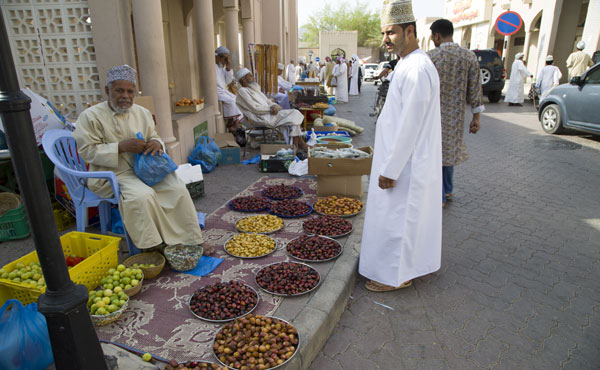
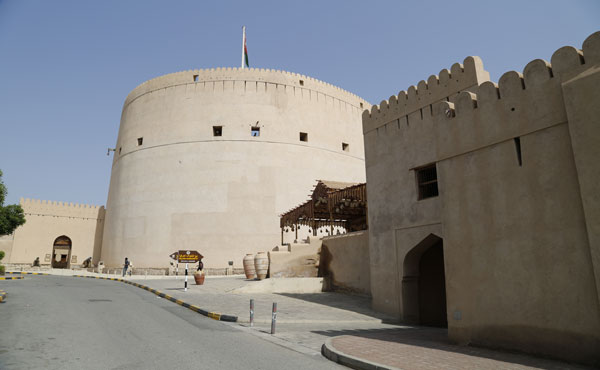

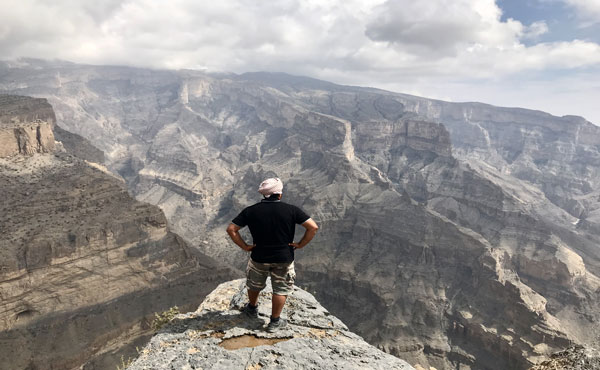
DAY 8 – JEBEL SHAMS
It’s up, up and away today as we drive up the Jebel Shams mountain, Oman’s tallest, standing at an impressive 3004 meters high. We’ll be stopping en route at the ancient village of Al Hamra, where an old, 7-bedroom village house has been restored and turned into a museum. An Omani guide will show us around, and reveal how the locals used to make coffee, oil and Omani bread. You’ll be able to buy some of the oil that the tour guides make themselves while working in the museum. After the brief tour, we’ll gather in the Majilis– which is an Omani living room – and enjoy Omani coffee or tea served with dates.
Next, we’ll continue our journey up the Jebel Shams Mountain, checking in at the Jebel Shams resort. You’ll have free time for the rest of the day, which you could spend leisurely wandering the variety of walking paths in the area, or exploring the 95 million year old Grand Canyon of Oman and enjoying yet more spectacular views of the Wadis and valleys below.
DAY 9 – WADI BAN AWF
They say what goes up must come down, and today after our time on the mountain, we’ll descend its eastern face and head into Wadi Bani Awf along one of the most exhilarating mountain roads in Oman, with off-roading and amazing views. When we reach Wadi Bani Awf in the valley, the road will take us past numerous villages on a 90-minute drive. We’ll be stopping en route at BaladSayt, a village that enjoys an outstanding location between the mountains of Ad Dakhiliyah and Al Batinah regions and is one of Wadi Bani Awf villages. The magnificence of this village lies in its agricultural terraces and mountainous location, and its rugged mountain roads attract many adventure tourism fans. BaladSayt is a fine example of traditional Omani villages.
Fort Nakhal is our next destination, built on a 200 metre high hill and dating from pre-Islamic times. As you would expect, the views from the fort are remarkable, and include an oasis. Inside the fort itself, there’s plenty to see too, including the women’s living room, the majilis, a prison, and several meeting rooms, courtyards and terraces.
Having worked up a thirst and hunger exploring the fort, we’ll take lunch in a traditional Omani restaurant, a real chance to taste national cuisine prepared by locals. Afterwards, it will be time for Al Thowarah, the hot springs of Nakhl which is next to a lush green oasis made all the more stunning by the mountain backdrop. Then it will be time to head back to Muscat where we will spend the night.

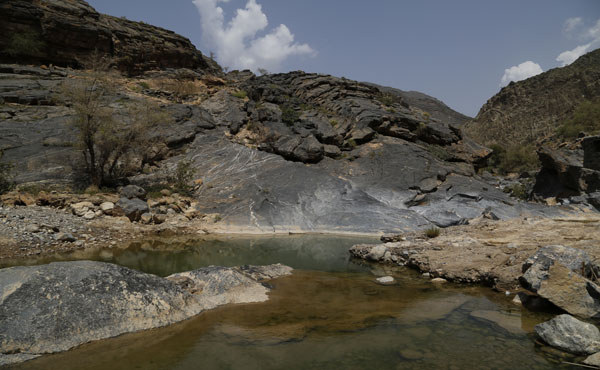
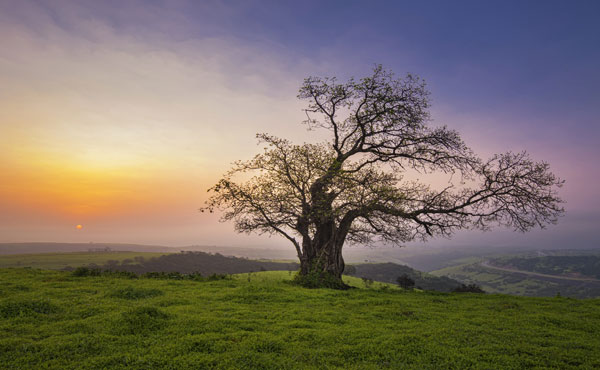
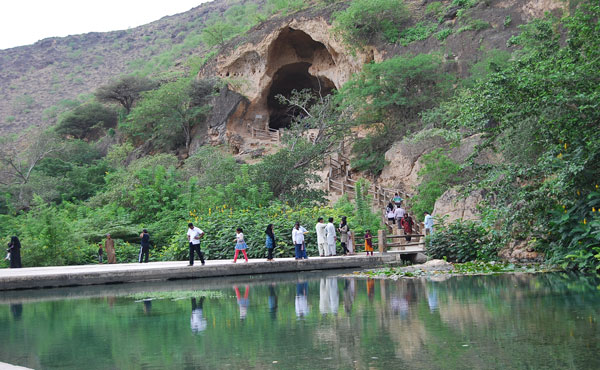
DAY 10 – SALALAH EAST TO TAQAH TO SUMHARAM
WADI DARBAT TO AYN RAZAT
Here’s another Sindbad Majan fun-packed day where we you get to explore and discover plenty in one day. We’ll start with a drive to the wilayat of Taqah, which combines historic and scenic attractions that date back thousands of years. We’ll take in the powerhouse port of Sumharam, 30km from Salalah and once the epicentre of maritime frankincense trading. This port was regarded as the guardian of the perfume paradise up to 2000 years ago.
Also, the dazzling Wadi Darbat waterfalls and wildlife are on today’s agenda, with a rich variety of trees, plants, birds and flowers to enjoy.
There will also be a chance to see Teeq, one of the longest caves in the world with a volume of 170 thousand cubic meters, and stare in awe at the amazing views of the Dhofari Coastline and Indian Ocean from Jebel Samhan.
Ain Razat will be next, and it’s a vital source of spring water in Dhofar, and formerly one of the main sources of water for Salalah. A stream and several smaller springs flow into a long pool on the northern side of the car park at the base of the Jebel. Water from here follows a falaj (watercourse) all year long for 7km to Al-Mamurah Palace, where the Sultan stays when he is visiting Salalah.
Following Ain Razat, we will drive back to Salalah for the night.
DAY 11 - SALALAH WEST: FRANKINCENSE TREES TO MUGHSAYL TO NABI AYUB
What better way to start the day than with a trip to Mughsayl, a popular beach to the west of Salalah. There’s a unique phenomenon to see here – blowholes which are caused when waves hit the rocks and air and water are forced up through vents in the ground, creating a fountain-like effect. Always popular with tourists, the blowholes pack a surprisingly strong spray of water. Equally popular are the famous frankincense trees (Boswellia sacra). Dhofar is where the best quality frankincense in the world is found, and it has historical significance in the region, as it brought great wealth in the days when it was more valuable than gold.
Our final stop on the last full day of the tour is another popular tourist attraction – the Nabi Ayub grave, inside a mosque. It is believed to be the final resting place of the prophet Job. Following our visit, we will drive back to Salalah.
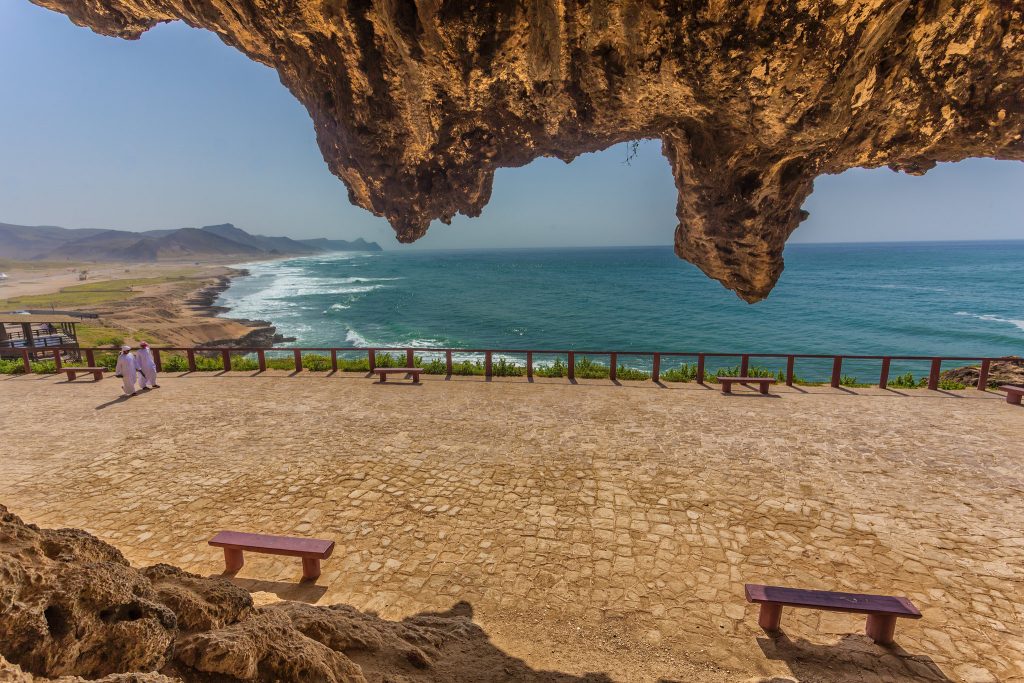
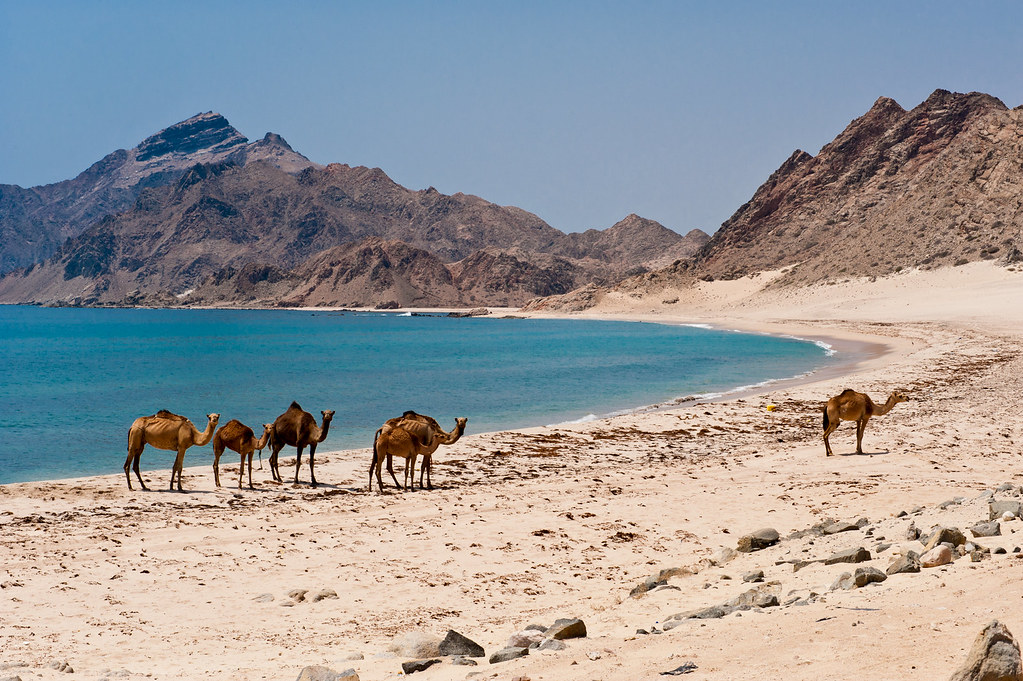
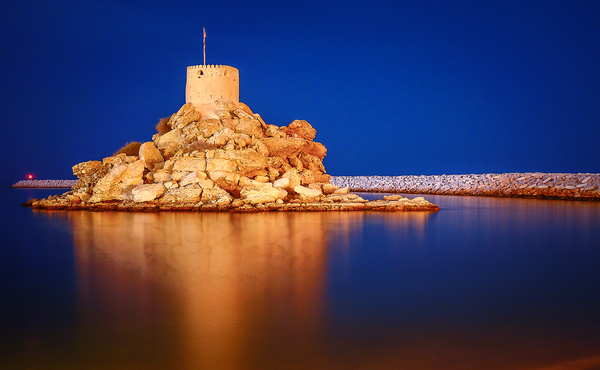
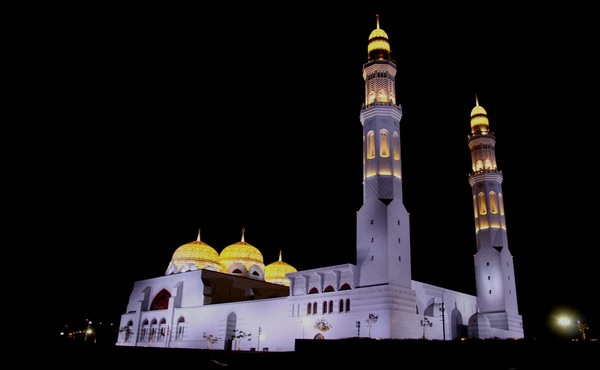
DAY 12 - SALALAH TO MUSCAT
The final morning will be all yours to spend how you desire, before you catch a flight back to Muscat. From there, you’ll make your own way home or onto your next destination.
FORTNIGHT TOUR FEATURES
Accommodation for every night
Breakfast / dinner provided (depending on hotel)
English / German (or as requested) speaking tour guide
Drinking water provided
All entrance fees to attractions included in price quoted
Price of return flights from Muscat to Salalah also included in the price.

























































































































